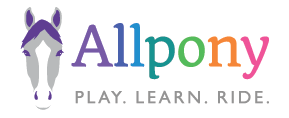Chapter 1. Horse Feed Overview
Types of Horse Body Clips
Body clipping is a grooming technique commonly performed on horses to remove excess hair during certain times of the year or for specific purposes. There are several types of body clips done on horses, each serving a different purpose.
Here are some of the most common types of horse body clips:

Horse Treats

Grazing
Horses can’t easily digest large, infrequent meals. A horse’s digestive system is designed to digest small amounts of food eaten frequently which mimics how horses live in the wild. Feeding large amounts of food at once can lead to colic.
horse Feed Size

Bucket Height

Feed On a Regular Schedule
If their food doesn’t come on time it could make them anxious, and when their food does come, they may rush to eat it which could lead to colic.

Customize Feedings
You don’t feed a small pony the same amount as a Clydesdale, and a racehorse does not eat the same amount as a pleasure horse.

Check for Leftovers

Hay in the Pasture
Place hay along the long side of a paddock or pasture. This ensures a horse does not get pinned into a corner by another horse and potentially get hurt.
